As a Completion To the Previous Article about Veterinary Equipment and Tools List, In this blog post, we will take a look at some common Veterinary Surgical Equipment List With Names, Uses, and Pictures in veterinary clinics.
Veterinary surgery is an important branch of veterinary medicine, we can’t begin learning veterinary surgery without knowing all the surgical tools you will use in any surgery that’s why we make this Veterinary Surgical Instruments List for all veterinary students to know all Veterinary Surgical Instruments List or veterinarians have come across the issue of needing to purchase surgical instruments for clinics.
???? General Surgical Instruments
General veterinary surgical instruments are the basic tools used in all operations. These instruments must be manufactured with high precision and years of experience to ensure the best results. Similarly, the user must be well-trained and experienced to achieve optimal surgical outcomes.
Below are commonly used general instruments in veterinary surgery:
Scissors
Scissors are essential tools used by surgeons to cut and dissect tissues, muscles, organs, and sutures. They allow for the fast and safe removal of obstructive tissues during procedures. Made from balanced stainless steel, surgical scissors are thinner, sharper, and pointed for precision cutting.
| Instrument |
Use |
Image |
| Mayo |
Soft tissue cutting |
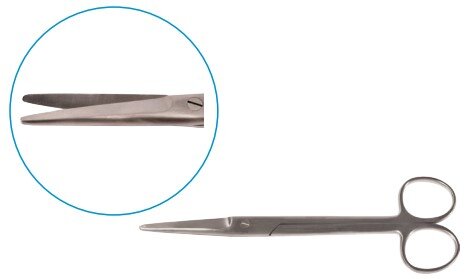 |
| Metzenbaum |
Soft tissue cutting |
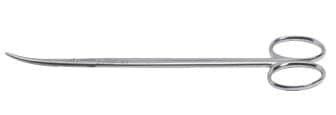
|
| Spencer Stitch |
Suture removal |
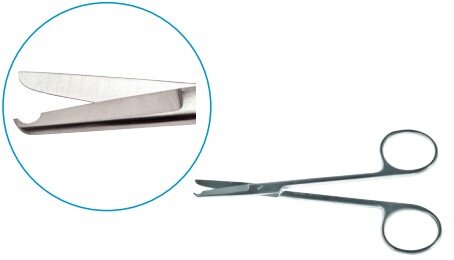
|
| Standard |
Suture removal |
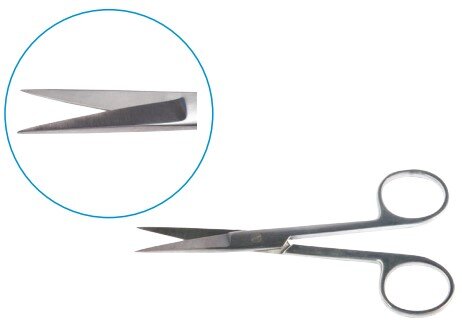
|
| Careless |
Suture removal |
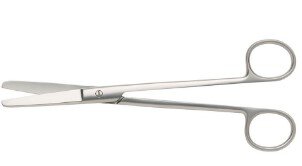
|
| Lister |
Bandage cutting |
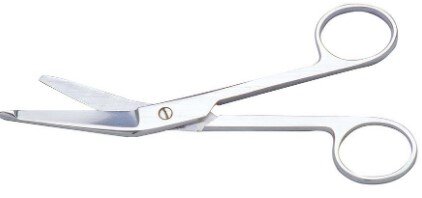
|
| Wire Scissors |
Cut stainless steel wire |
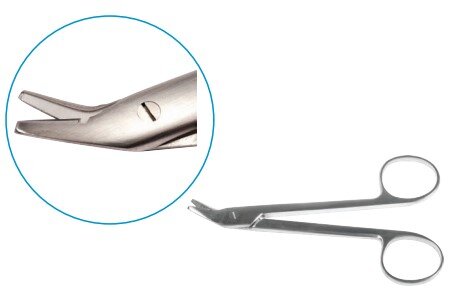
|
| Knowles Bandage Scissors |
Remove bandage and dressing |
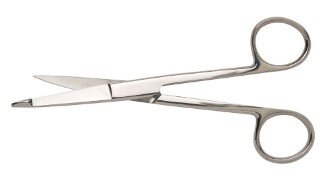
|
Forceps
Forceps are essential surgical tools used to hold tissues, separate structures, improve access, and assist in cutting and suturing. They are also used for tweezing and applying pressure during procedures.
Dissecting Forceps
Dissecting forceps are temporary tools used to handle skin, tissues, and organs during surgery. Surgeons also use them to guide needles or manipulate delicate structures.
| Type |
Use |
Image |
| Standard plain & toothed |
Handle soft tissues |
 |
| Mosquito |
Hold small capillaries |
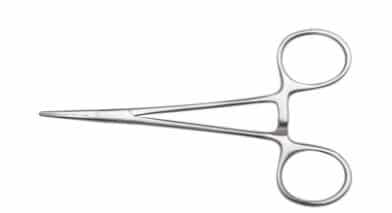 |
| Adsons |
Handle soft tissues |
 |
| Continental Standard |
Handle skin |
 |
| Emmett |
Handle deep tissues |
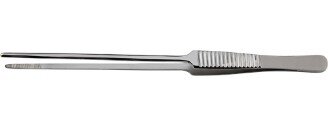 |
| Debakey |
Handling of viscera |
 |
Tissue Forceps
Tissue forceps are used for delicate manipulation of tissues without causing trauma. They provide secure grip and precise handling of soft organs and structures during surgical procedures.
| Type |
Use |
Image |
| Babcock |
Handling viscera and soft tissue |
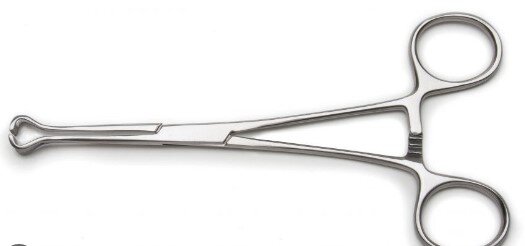 |
| Allis |
Handling soft tissue |
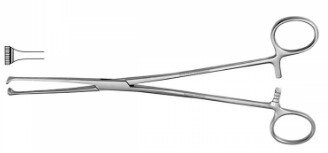 |
| Duval |
Handling viscera and tissue |
 |
Clamps or Hemostats
Hemostats are essential surgical instruments used to occlude blood vessels either completely or partially. They help control bleeding during surgery and are commonly used to block blood flow to internal organs temporarily to protect them during procedures.
Visceral Clamps
Used to occlude visceral organs like the stomach, intestines, or cervix.
| Type |
Use |
Image |
| Doyen Mayo Robinson |
Occlusion of stomach and intestine |
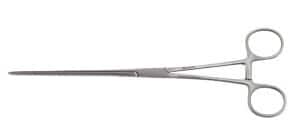
|
| Parker Kerr |
Occlusion of cervix |
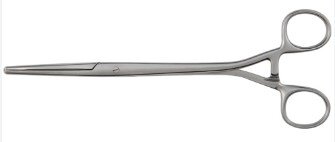
|
Towel Clamps
Used for securely attaching surgical drapes to the patient’s skin.
| Type |
Use |
Image |
| Cross Action |
Attach drapes to the surgical area |
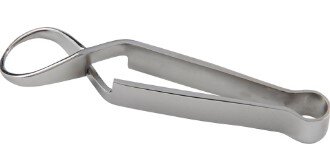
|
| Backhaus |
Attach drapes to the surgical area |
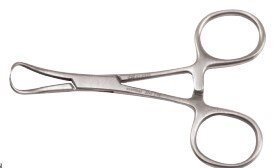
|
Scalpel
The scalpel is a long, thin surgical instrument used to make precise cuts in the skin and underlying tissues. It is an essential tool in dermatology and surgery, enabling incisions, tissue dissections, and various surgical techniques. The term “scalpel” originates from Latin, meaning “small knife.” Scalpels come in a range of sizes and shapes, each suited for specific procedures.
| Type |
Use |
Image |
| Scalpel Handle |
Hold surgical blades |

|
| Scalpel Blades |
Make incision and tissue transection |
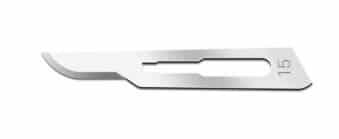
|
Retractors
Retractors are used to hold open the incision or wound during surgery, allowing the surgeon better visibility and access to the surgical site. They help retract soft tissues, joints, or organs out of the way, and can be manually held or self-retaining to free the surgeon’s hands.
Manual Retractors
These retractors require manual handling to maintain exposure of tissues and surgical fields.
| Type |
Use |
Image |
| Langenbeck |
Soft tissue retraction |

|
| Volkman |
Retraction of tendons and muscles |

|
| Hohman |
Retraction of joints |

|
| Czerny |
Soft tissue retraction |

|
Self-Retaining Retractors
These retractors do not require constant holding and are designed to hold the tissue apart automatically, keeping the surgical field open.
| Type |
Use |
Image |
| Gelpi |
Joint and muscle retraction |
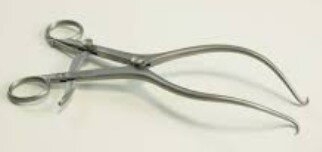
|
| Cone |
Used in orthopedic surgeries |
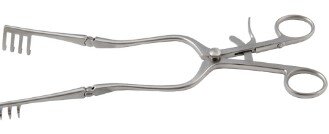
|
| Travers |
Joint and muscle retraction |
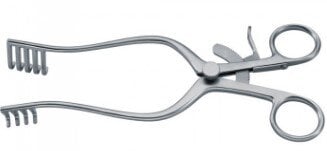
|
| Gosset |
Abdominal wall retraction |
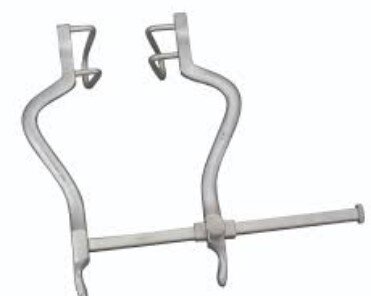
|
| Balfour |
Liver retraction |
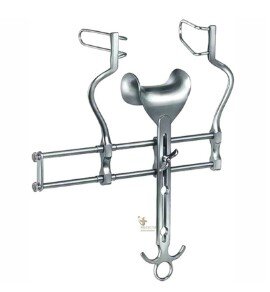
|
| Finochietto |
Spread ribs |
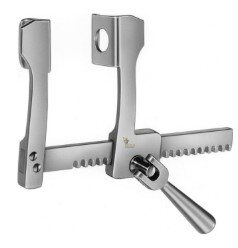
|
Needle Holder
A needle holder, also known as a needle driver, is a surgical instrument designed to securely hold suturing needles. It features a comfortable handle for one-handed use and a shaft with a tip that guides the needle through tissues with precision. Some types also incorporate built-in scissors for cutting sutures.
| Type |
Use |
Image |
| Gillies |
Hold needle and cut suture |
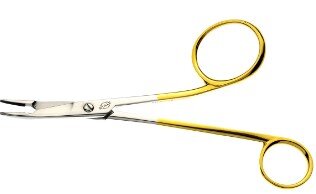 |
| Olsen Hegar |
Hold needle and cut suture |
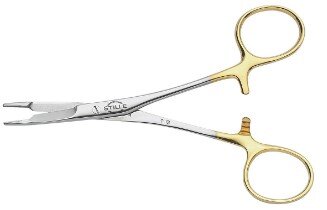 |
| Mayo Hegar |
Hold needle |
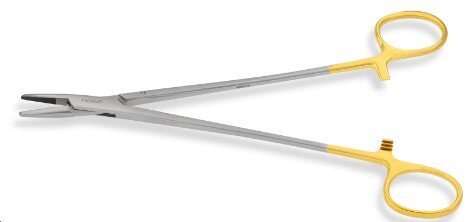 |
| Bruce Clarke |
Hold needle |
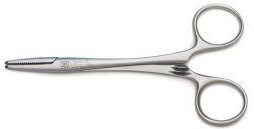 |
| McPhail |
Hold needle |
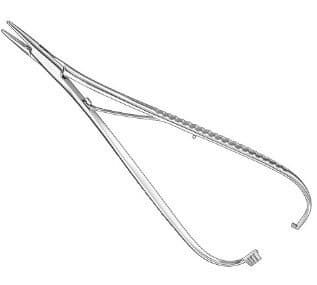 |
???? Specific Surgical Instruments
The surgical instruments used by veterinarians during operations must be of the highest quality due to the fragility of organs and bones. Even minor negligence can lead to severe damage. That’s why top-grade, specially designed tools are crucial in veterinary practice.
Orthopedic Surgical Equipment
Orthopedic instruments are used by surgeons to diagnose and treat bone fractures, cut or remove bone, and perform orthopedic procedures. These tools are precision-crafted for efficient and safe handling of skeletal structures.
| Instrument |
Use |
Image |
| Chisel |
Bone shaving |
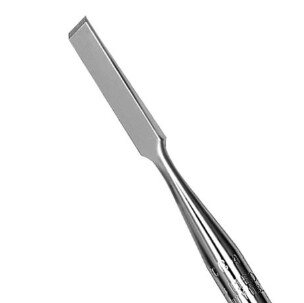
|
| Gouge |
Bone shaving |
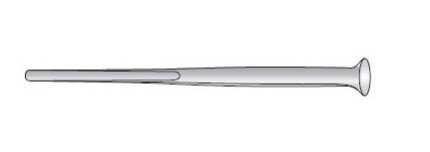
|
| Osteotome |
Precise bone cut |
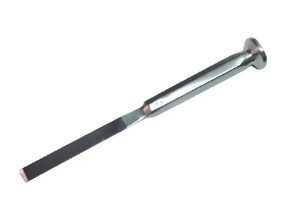
|
| Periosteal Elevator |
Raise periosteum before drilling |
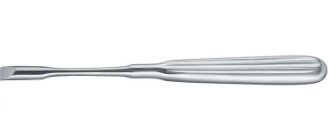
|
| Rongeurs |
Nibble bone pieces |
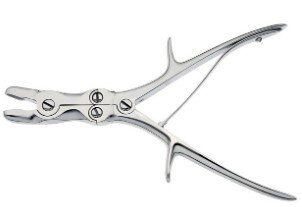
|
| Mallet |
To use with chisel |
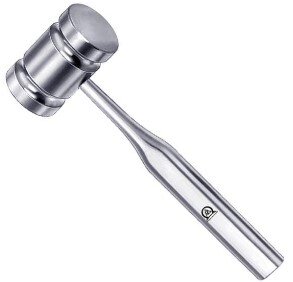
|
| Paton Bone Cutting Forceps |
Cut bone |
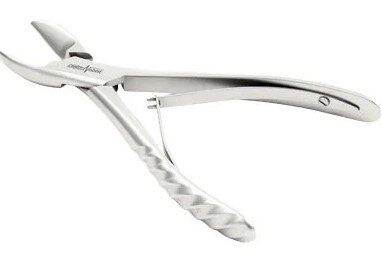
|
| Ruskin Liston Bone Cutting Forceps |
Cut bone |
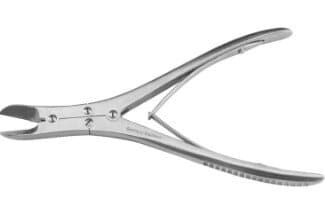
|
| Ferguson Bone Holding Forceps |
Prevent bone movement in surgery |
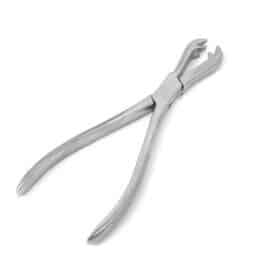
|
| Kern Bone Holding Forceps |
Prevent bone movement in surgery |
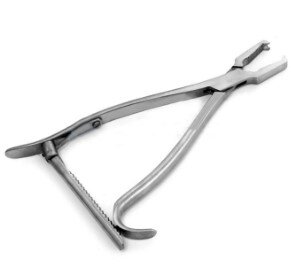
|
| Hey Groove Bone Holding Forceps |
Maintain tip closure |
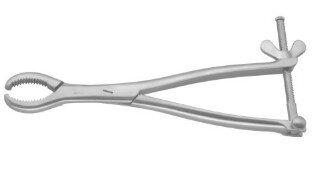
|
| Jacob Chuck |
Insert and remove pins (intramedullary pinning) |
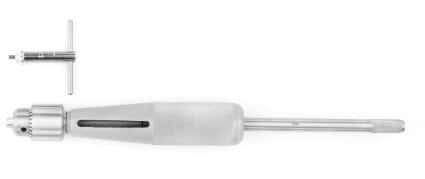
|
Ophthalmic Surgical Instruments
Ophthalmic surgical tools are used for carrying out eye-related surgeries. Both cornea and lens-related surgeries are done with the help of different surgical instruments.
Scissors
| Instrument |
Use |
Image |
| Iris scissors |
To cut iris |
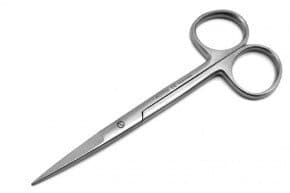
|
| Castroviejo scissors |
Cut lens capsule |
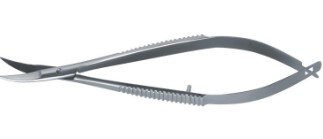
|
| Tenotomy scissors |
For fine dissection |
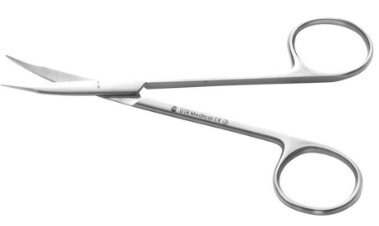
|
Forceps
| Instrument |
Use |
Image |
| Chalazion forceps |
Stabilize eyelid and protect globe |
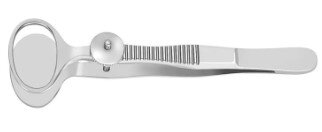
|
| Benet cilia forceps |
For plucking eyelashes |

|
| Catford forceps |
Help in risk-free suturing |
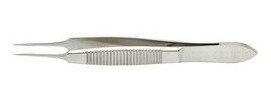
|
| Capsulorhexis forceps |
Grasp lens capsule |

|
| Micro corneal tying forceps |
Tie suture material |

|
| Capsule forceps |
Grabs lens capsule |

|
Hooks
| Instrument |
Use |
Image |
| Kirby expressed hook |
Use for lens removal |

|
Speculums
| Instrument |
Use |
Image |
| Williams speculum |
Provide access to eyeball by a retraction |
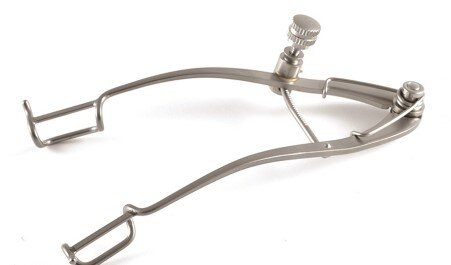
|
| Barraquer speculum |
Provide access to eyeball by a retraction |
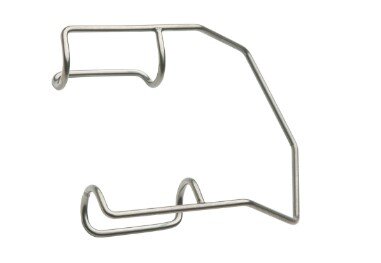
|
Dilators
| Instrument |
Use |
Image |
| Nettleship dilator |
Dilate narrow canals |

|
Needle Holder
| Instrument |
Use |
Image |
| Castroviejo needle holder |
Hold needle during suturing |
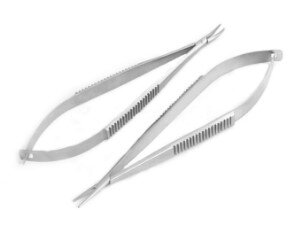
|
Dental Instruments
Dental instruments are very important for every single dental surgery. They are the most common tools used by vets for the diagnosis and treatment of oral problems—such as removing dental calculus, repairing teeth, and performing extractions. Instruments like scalers, elevators, curettes, and chisels each serve specific functions. Below are commonly used dental surgical instruments:
| Instrument |
Use |
Image |
| Dental elevator |
To separate connection of teeth and bone |
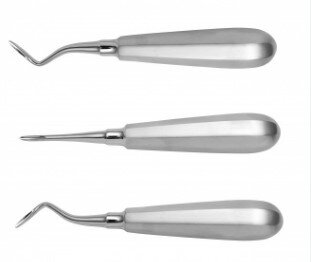
|
| Extraction forceps |
Extract tooth |
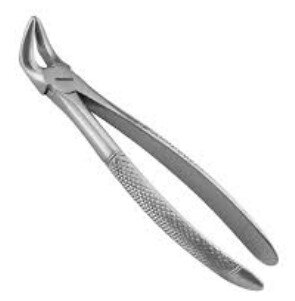
|
| Periosteal elevator |
To expose bone |
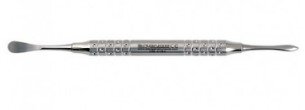
|
| Subgingival curette |
Remove the unwanted material from the mouth |

|
| Dental explorer |
Expose the hard surface of teeth |

|
| Supragingival scalers |
Remove supragingival calculus |
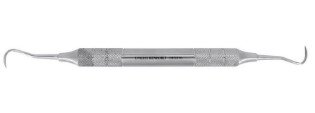
|
| Periodontal probe |
Measure depth of periodontal pocket |
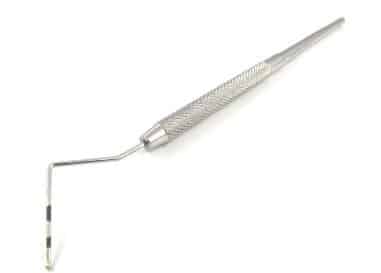
|
| Sharpening stone |
For sharpening instruments |

|
Teat Instruments
Cows play a crucial role in dairy farming by providing milk, an essential dietary component. However, their teats are prone to damage or infections, which can hinder milk production. Teat surgical instruments are used to treat these issues effectively and maintain udder health. Below are common teat surgical tools:
| Instrument |
Use |
Image |
| Dilator |
Open teat canal |

|
| Slitter |
Clear the teat canal by incision from inside to outside |
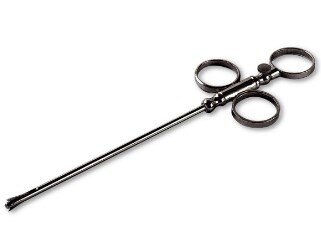
|
| Tumor extractor |
Remove fibrous material from teat canal |
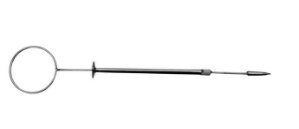
|
| Udder infusion canula |
Administer medicine in teat canal |
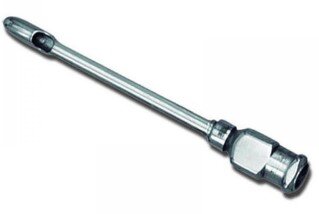
|
| Teat curette |
Clean inside of teat canal |
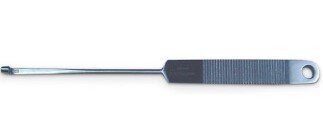
|
| Lichty teat knife |
Open stenotic teats |
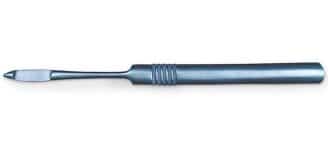
|
| Milking tubes |
Keep injured teat open |
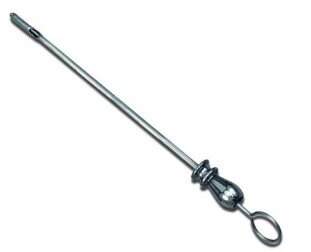
|
Plastic Surgery Instruments
Plastic surgery is a form of body modification that can be approached for a myriad of reasons – whether it is for someone who wants to improve their appearance or for someone who needs to reconstruct parts of their body that have been damaged by injury or disease…
Clamps
| Instrument |
Function |
Image |
| Kelly clamp |
Hold heavy tissues |
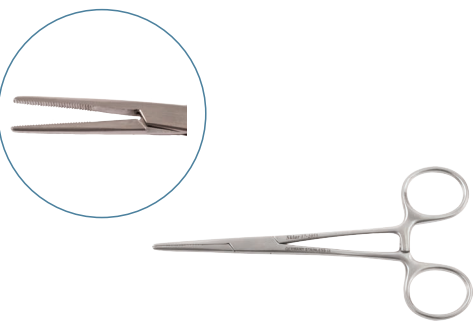
|
| Crile clamp |
Hold suture ends |
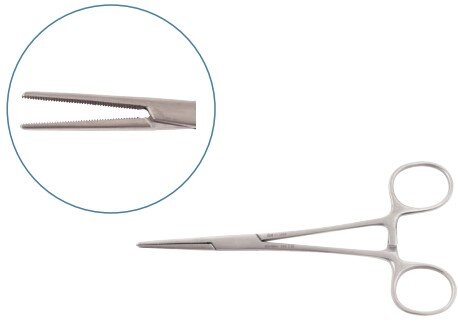
|
| Rankin clamp |
Clamp tissues for ligation |
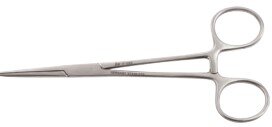
|
| Rochester Pean clamp |
Clamp larger vessels |
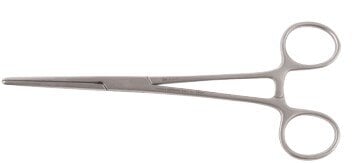
|
| Moynihan clamp |
Suturing of vascular tissues |
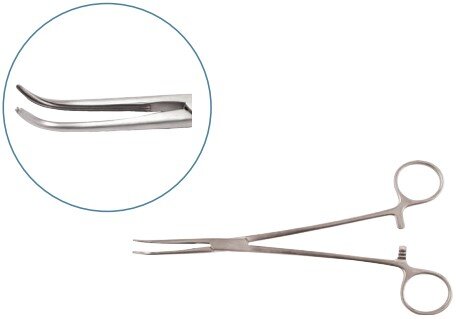
|
| Schmidt clamp |
Suturing stalk of tissues |
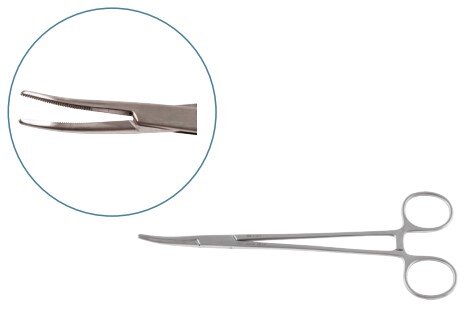
|
| Kocher clamp |
Grasp heavy tissues |

|
Forceps
| Instrument |
Function |
Image |
| Dressing forceps |
Dressing wounds |
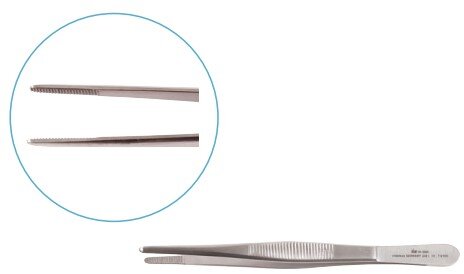
|
| Adson forceps |
Hold dressing material |
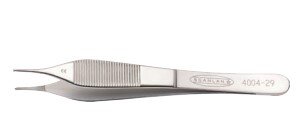
|
| DeBakey forceps |
Avoid tissue damage |

|
| Jansen forceps |
Remove boney septum |
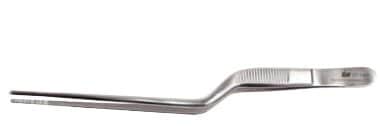
|
| Wilde forceps |
Stop nasal bleeding |
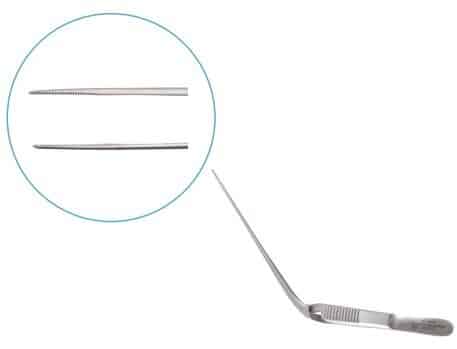
|
Scissors
| Instrument |
Function |
Image |
| Mayo scissors |
Cut tissue and suture |
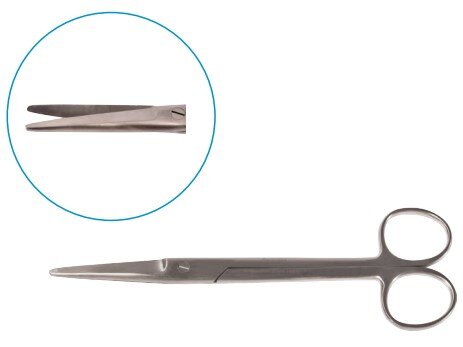
|
| Martin scissors |
Cut cartilage |

|
| Joseph scissors |
Cut tissues and sutures |
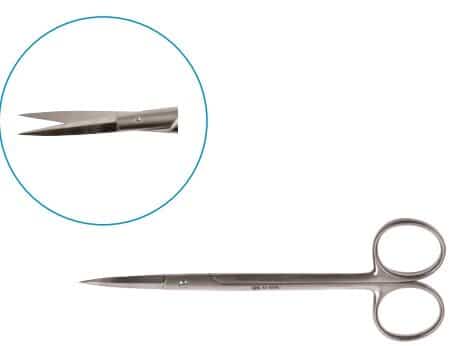
|
| Forman scissors |
Dissect nasal cartilage |

|
| Aufrect scissors |
Cut delicate tissues |
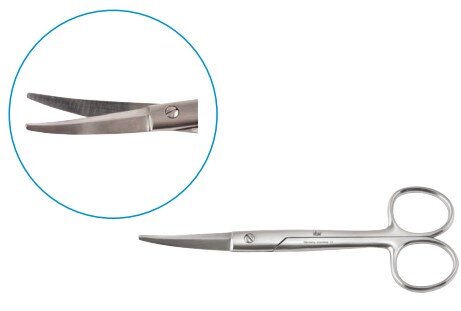
|
| Lister bandage scissors |
Cut dressing and bandages |
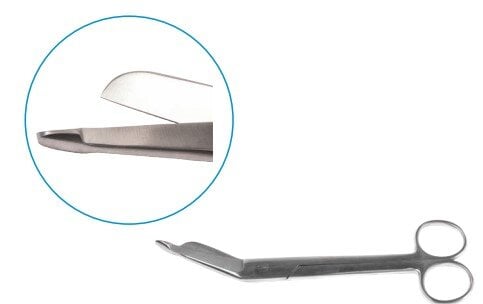
|
Evacuation Instruments
| Instrument |
Function |
Image |
| Frazier suction tube |
Remove debris and fluid from surgical spaces |
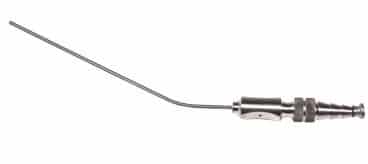
|
| Adson suction tube |
Aspire blood and residues |
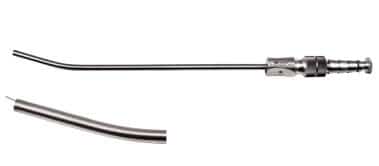
|
| Baron suction tube |
Remove fluid and debris |
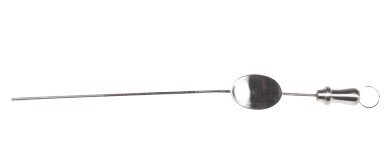
|
Retractor and Exposure
| Instrument |
Function |
Image |
| Army Navy retractor |
Retract bone and skin |
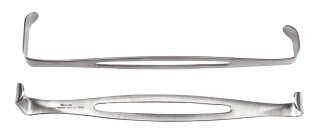
|
| Murphy retractor |
Retract delicate tissues |
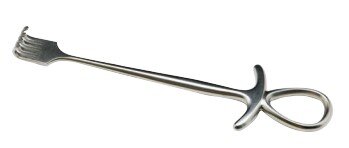
|
| Bear claw retractor |
Help in a facelift |
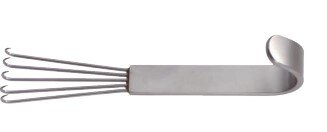
|
| Gilles skin hook |
Retract skin |
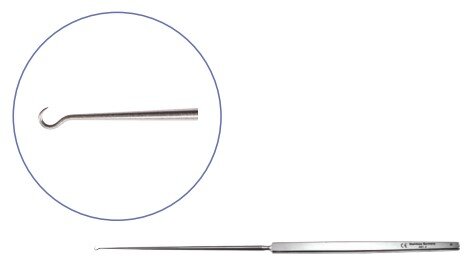
|
| Jansen retractor |
Spread tissues |
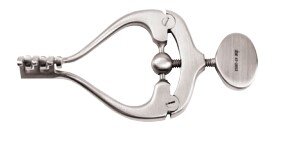
|
Gastrointestinal Instruments
The digestive system is an important part of the body! It’s responsible for taking in nutrients from your food and turning it into energy. The upper GI tract (esophagus, liver, stomach, gallbladder, spleen, pancreas, diaphragm) and the lower GI tract (small and large bowel, mesentery, appendix, rectum, omentum, anus) each require specialized surgical instruments. Upper‑GI tools are medium‑length; lower‑GI tools are long or extra‑long.
Cholecystectomy Instruments
| Instrument |
Function |
Image |
| Collin gallbladder forceps |
Holding and removal of gallstones |
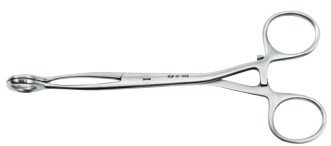
|
| Lovelace gallbladder forceps |
Grab gallstones |
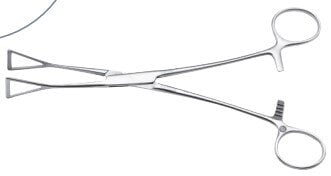
|
| Mixter gallstone forceps |
Manipulate stone with precision |
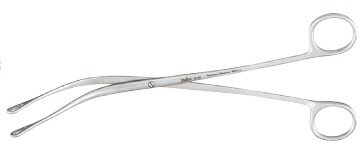
|
| Mayo gallstone scoop |
Scoop out gallstone |

|
| Ferguson gallstone scoop |
Remove stones from gallbladder |

|
| Oschner trocar |
Drain fluids from cavities |

|
| Kidney stone forceps |
Remove stones from bile duct |
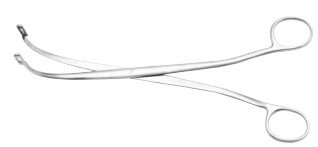
|
Liver & Stomach Surgical Instruments
| Instrument |
Function |
Image |
| Wishbone retractor |
Abdominal tissue retraction |
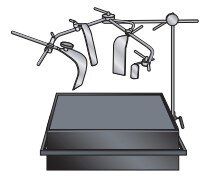
|
| Bookwalter retractor |
Increase access to surgical site |
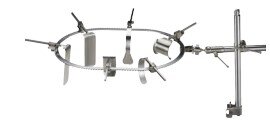
|
| Benson pylorus dilator |
Grip organs & membranes |
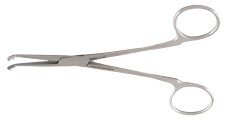
|
| Esophageal dilator |
Dilate esophagus |

|
| Mayo‑Robson forceps |
Hold bowel |
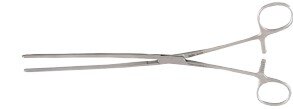
|
| Mayo‑Noble scissors |
Dissect tissues & skin |

|
| Scudder intestinal clamp |
Clamp blood vessels |
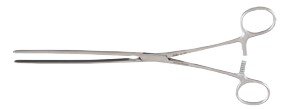
|
Lower GIT Instruments
| Instrument |
Function |
Image |
| Doyen clamp |
Atraumatic grasping |
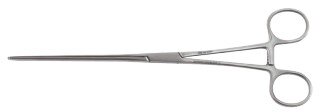
|
| Dennis clamp |
Hold tissues |

|
| Foss intestinal clamp |
Clamp bowel |
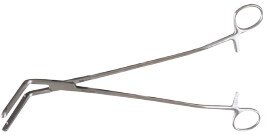
|
| Fehland intestinal clamp |
Clamp bleeding site |
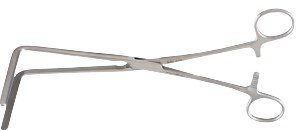
|
| Bainbridge forceps |
Lock bleeding vessels |

|
| Dubois scissors |
Deep dissection |
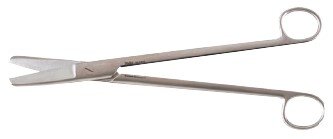
|
| Busch scissors |
Cut umbilical cords |
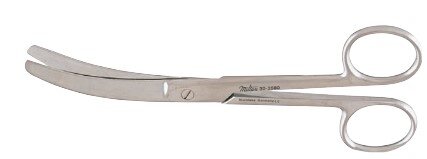
|
| Terminal end stapler |
Close enterotomies |
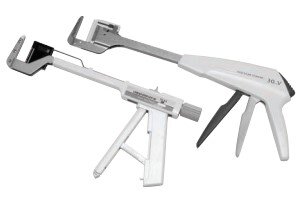
|
| Intraluminal stapler |
Seal tissues in colostomy |
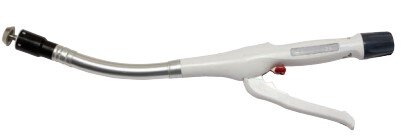
|
| GI anastomosis stapler |
Staple transected tube |
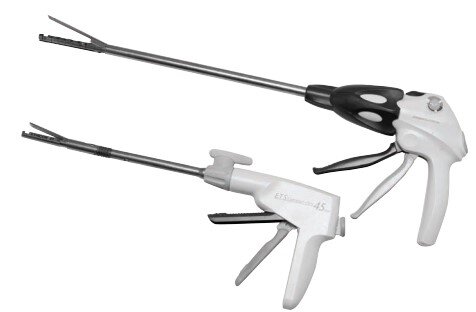
|
Rectal & Anal Instruments
| Instrument |
Function |
Image |
| Fergusen angiotribe clamp |
Occlude veins and arteries |
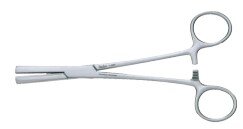
|
| Buie pile clamp |
Grasp hemorrhoids |
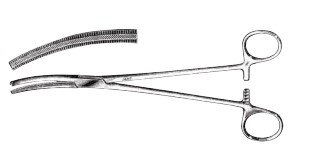
|
| McGivney hemorrhoid ligator |
Remove hemorrhoids |
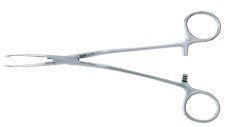
|
| Miller rectal scissors |
Dissect tissues in anal canal |
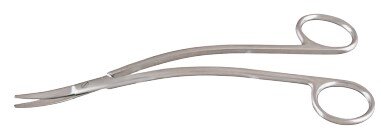
|
| Sims scissors |
Cut bandages & dead tissues |
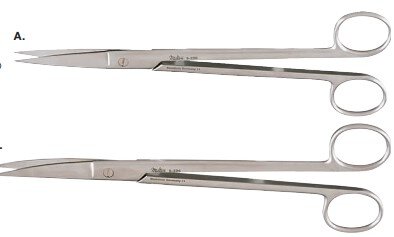
|
| Kelly fistula scissors |
Cut tissues |
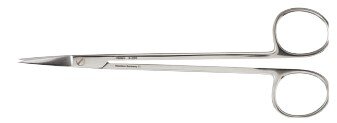
|
| Quimby scissors |
Cut delicate tissues |
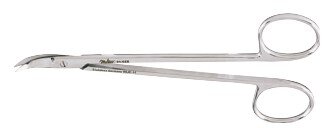
|
| Yeoman biopsy forceps |
Used for diagnosis |

|
| Buie fistula probe |
View anal sac |

|
| Pratt rectal probe |
Remove O‑rings |

|
| Rosser crypt hook |
Remove foreign objects |

|
| Sawyer retractor |
Provide access to lower rectum |

|
| Hirschman anoscope |
Visualize lower rectum |
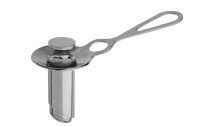
|
| Fansler‑Ives anoscope |
Examine incision area |
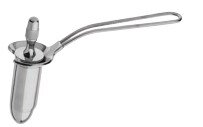
|
| Hirschman proctoscope |
Visual inspection of anal area |

|
| Rigid sigmoidoscope |
Examine inside of anus |

|
| Chelsea‑Eaton anal speculum |
View rectum |
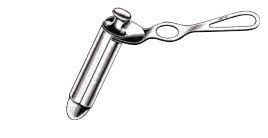
|
| Pratt rectal speculum |
Dilate anal area |
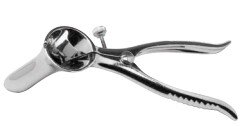
|
Cardiothoracic And Vascular Surgical Instruments
In the field of cardiothoracic surgery, common procedures include coronary artery bypass grafting and aortic valve replacement. Although approaches and incisions differ, surgical training and expertise are key to outcomes. Advances in medical equipment have given surgeons specialized tools to remove vessels, repair valves, and perform bypasses with greater precision and safety.
Clamps & Related Instruments
| Instrument |
Function |
Image |
| Rochester‑Pean clamp |
Clamp larger vessels |
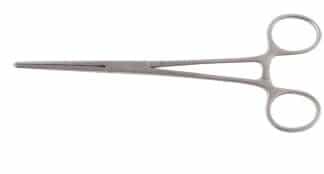
|
| Kantrowitz clamp |
Grasp tissues |

|
| Finochietto clamp |
Grasp tissues & blood vessels |
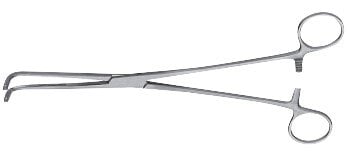
|
| Bulldog applicator |
Apply bulldog clamp |
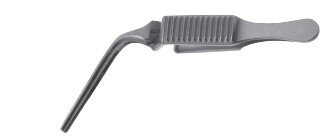
|
| Sweet clip applier |
Ligate tubular sutures |
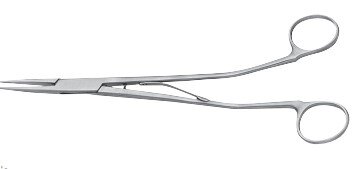
|
| Gluck rib shears |
Cut ribs |
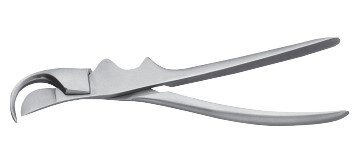
|
| Doyen rib stripper |
Strip periosteum from ribs |
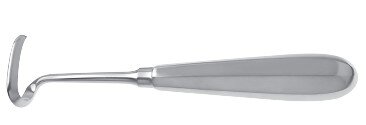
|
Probes & Dilators
| Instrument |
Function |
Image |
| Garrett vascular dilators |
Perform vessel dilation |
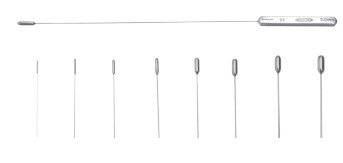 |
Measuring Instruments
| Instrument |
Function |
Image |
| Tessier caliper |
Measure anatomical structures |
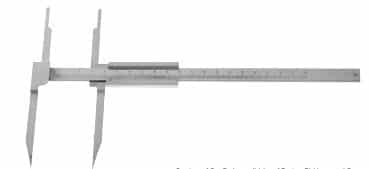 |
Installation & Evacuation Instruments
| Instrument |
Function |
Image |
| Wolf suction |
Remove blood from surgical site |

|
| Poole suction tube |
Remove large volumes of fluid |
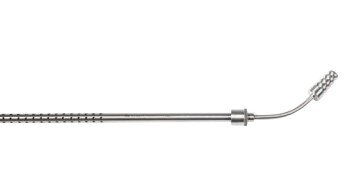
|
Retraction & Exposure
| Instrument |
Function |
Image |
| Allison retractor |
Retract lungs |
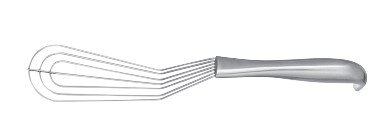
|
| Malleable ribbon retractor |
Retract during orbital dissection |
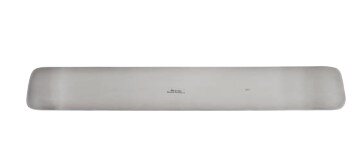
|
| Leaflet retractor |
Used in cardiac surgery |
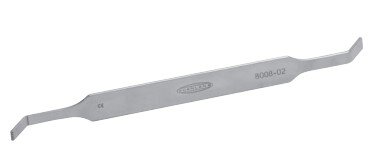
|
Special Instruments
| Instrument |
Function |
Image |
| Vessel punch |
Create an opening in vessels |
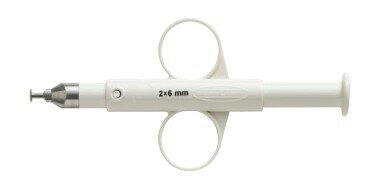
|
| McIntosh suture holder |
Separate sutures |
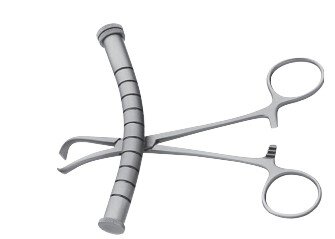
|
| Rummel tourniquet |
Occlude blood vessels |
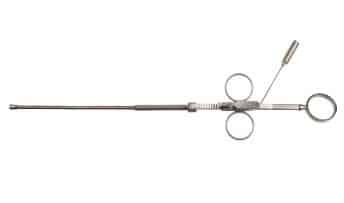
|
Endoscopic Instruments
Endoscopy is used in animals to examine internal organs via a camera, either diagnostically (viewing the digestive tract through mouth or anus) or therapeutically (removing foreign objects, repairing abnormalities). Under general anesthesia, veterinarians can visualize the heart, lungs, stomach, intestines, and more. Endoscopy improves recovery by avoiding large incisions.
Essential Endoscopic Instruments
| Instrument |
Function |
Image |
| Endoscopic trocar |
Small‑puncture port |
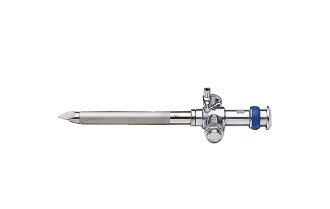
|
| Veress needle |
Establish pneumoperitoneum |
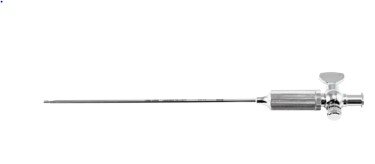
|
| “S” retractors |
Retract abdominal walls |
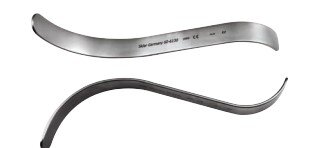
|
| Thread sleeve |
Reinforce suture connection |
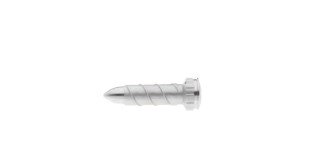
|
| Balloon dissector |
Separate extraperitoneal tissue |
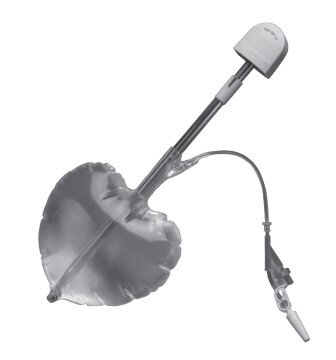
|
| Insufflation tubing |
Insufflate abdominal cavity |
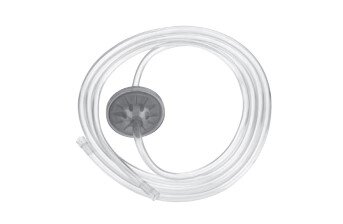
|
Viewing of Working Space
| Instrument |
Function |
Image |
| Fiber‑optic light cable |
Illuminate surgical field |

|
| Telescope |
Magnified internal view |
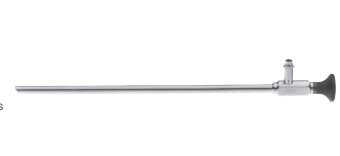
|
| Camera head |
Capture endoscopic images |
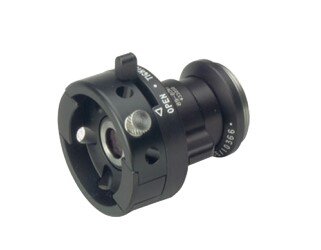
|
| Bipolar cord |
Connect bipolar instruments |
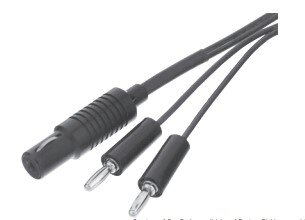
|
| Monopolar cord |
Connect monopolar instruments |
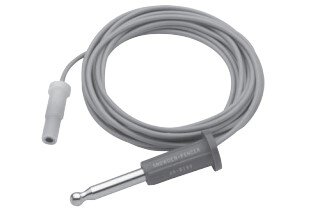
|
Special Instruments
| Instrument |
Function |
Image |
| Chitwood DeBakey clamp |
Clamp lung tissues |
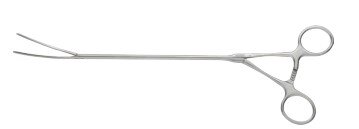
|
| Dennis clamp |
Hold tissues |
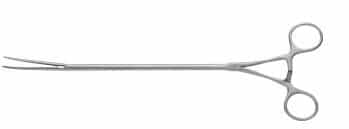
|
| Chitwood suture cutter |
Cut sutures |

|
Other Equipment
Below are additional miscellaneous instruments commonly used in various veterinary surgical procedures.
| Instrument |
Use |
Image |
| Cusco Vaginal Speculum |
Exposure of vaginal tissue |
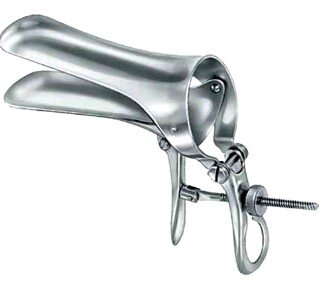
|
| Rampley Sponge Holding Forceps |
Hold swabs and sponges |
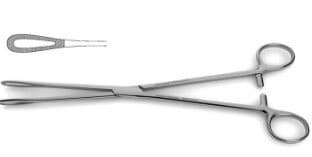
|
| Hartman Crocodile Forceps |
Nasal and oral use |
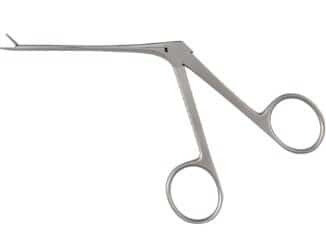
|
For More Vet Surgical Instruments Download This PDF Guide:
Conclusion
There are many reasons why surgical instruments are needed in surgeries. First, they are used to cut and pierce the skin. Second, they are used to perform the operation. Third, they are used to remove foreign objects. Fourth, they are used to keep the patient from bleeding. So that’s why we need surgical instruments for surgeries. We hope you enjoyed our article about surgical instruments. You may have never thought about it, but there are a lot of different instruments that are used in surgeries. Understanding the different instruments and what they are used for will help you appreciate the skill and expertise of veterinary surgeons. Since there are so many different instruments used in surgeries, it can be difficult to keep track of them all but we have mentioned the most important ones.
Tip
Do You Want To Increase Your Veterinary Knowledge and Practical Skills?
You Can Now Browse and Download +3000 Veterinary Books Online In All Veterinary Fields.
Register Now
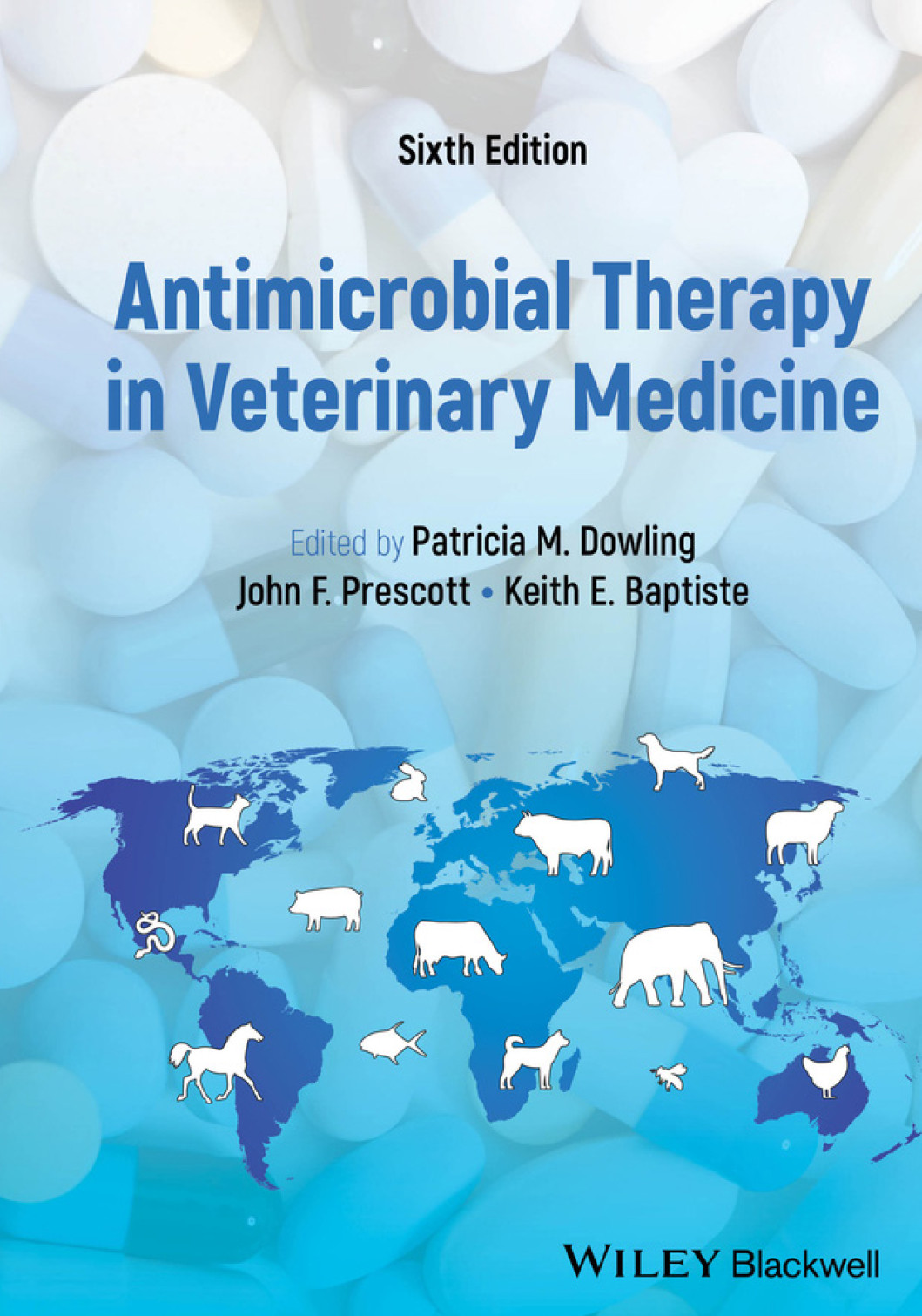


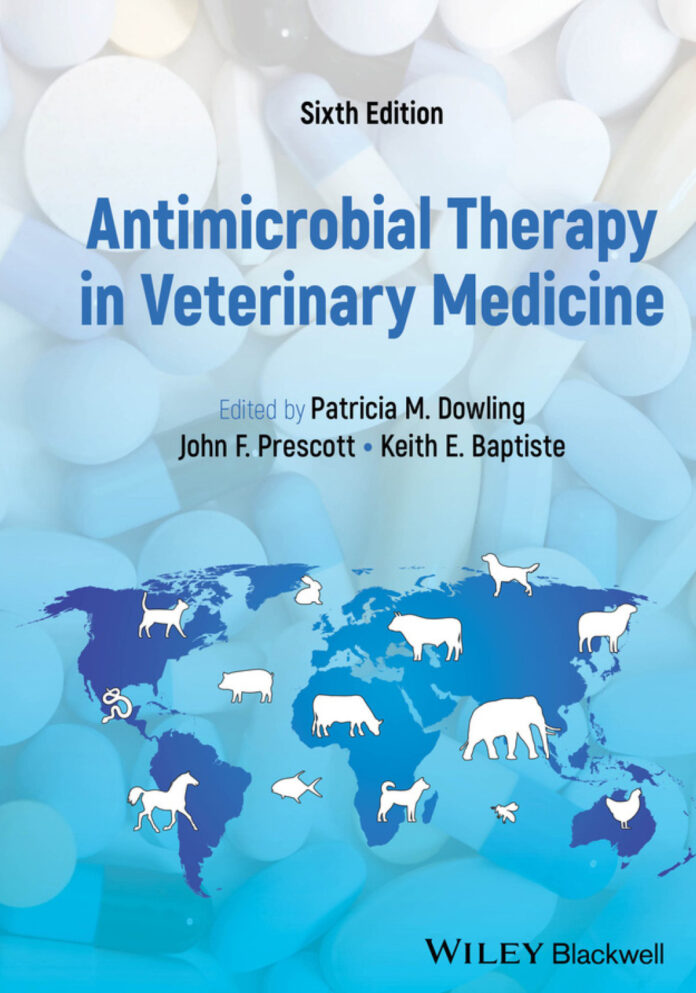
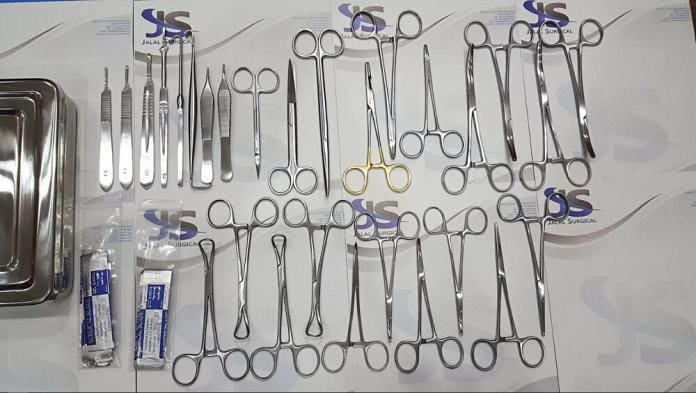






















































































































































































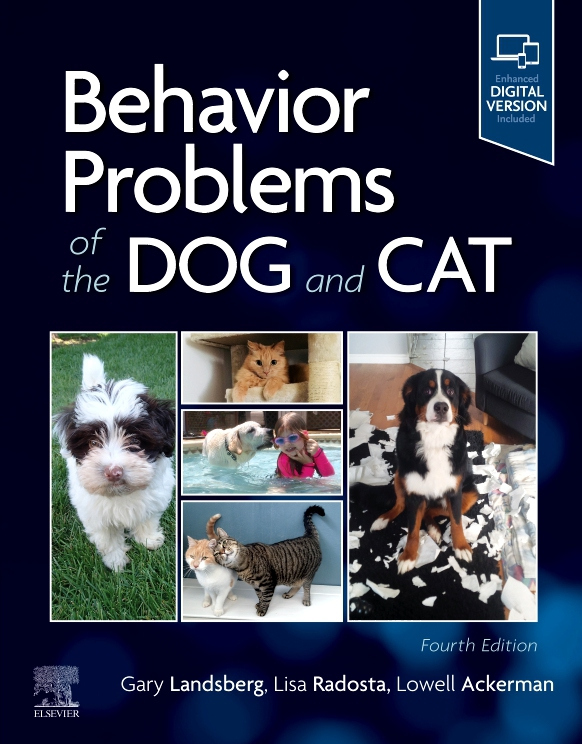

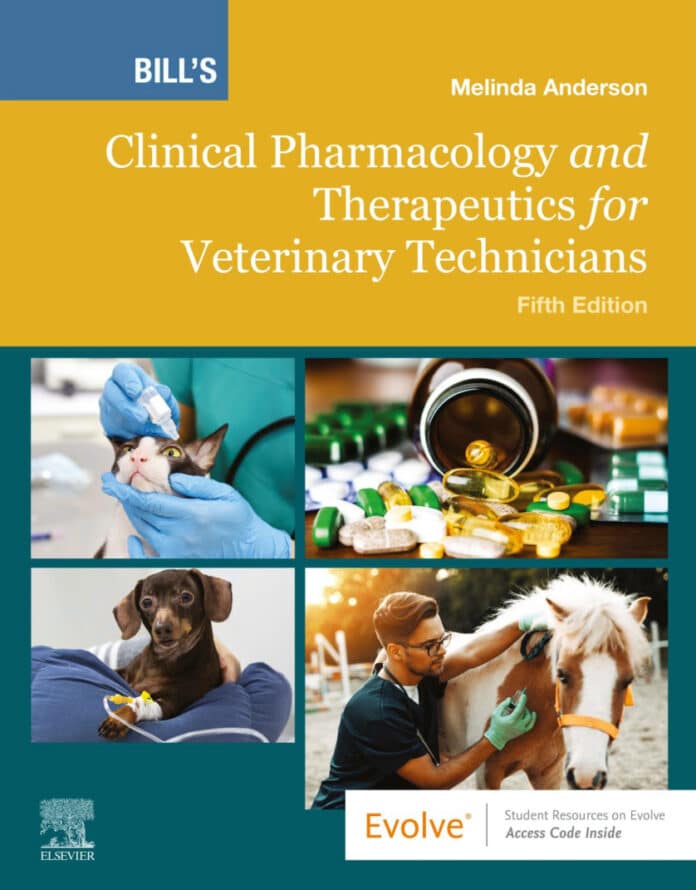



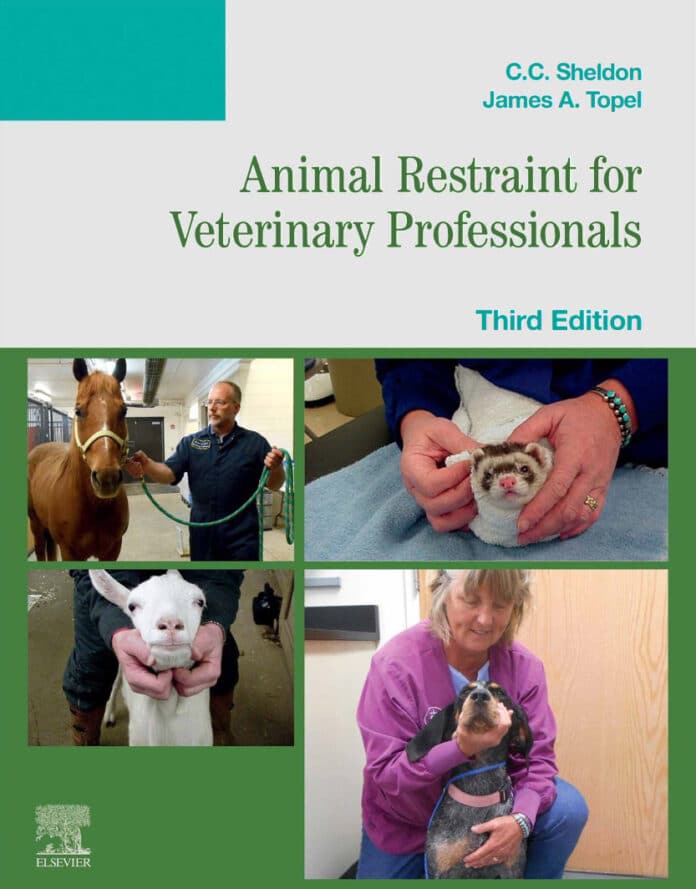


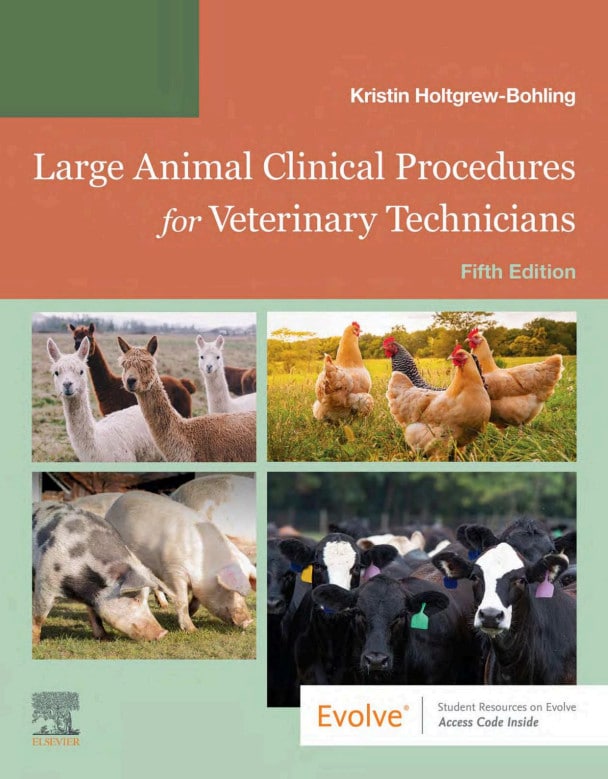
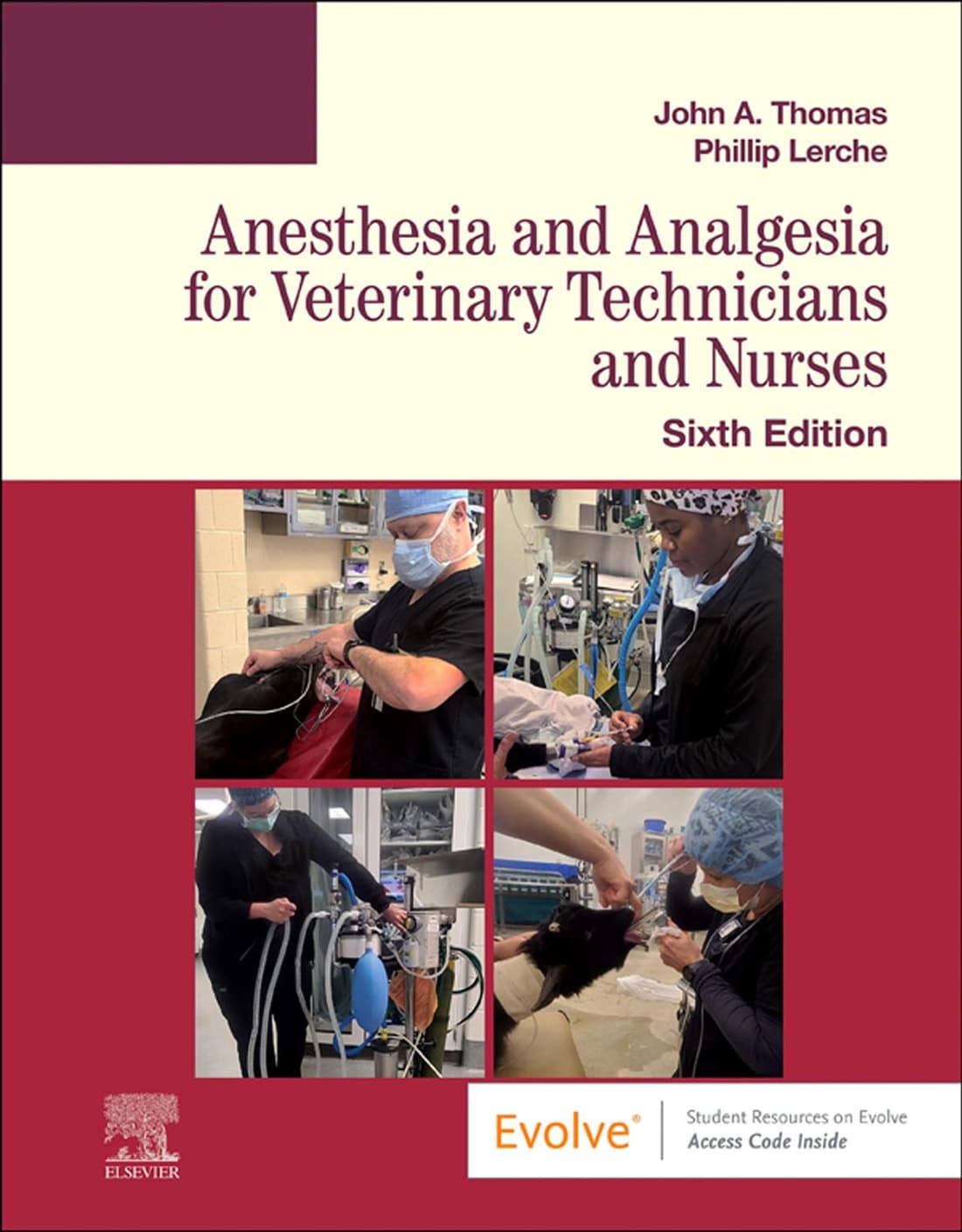
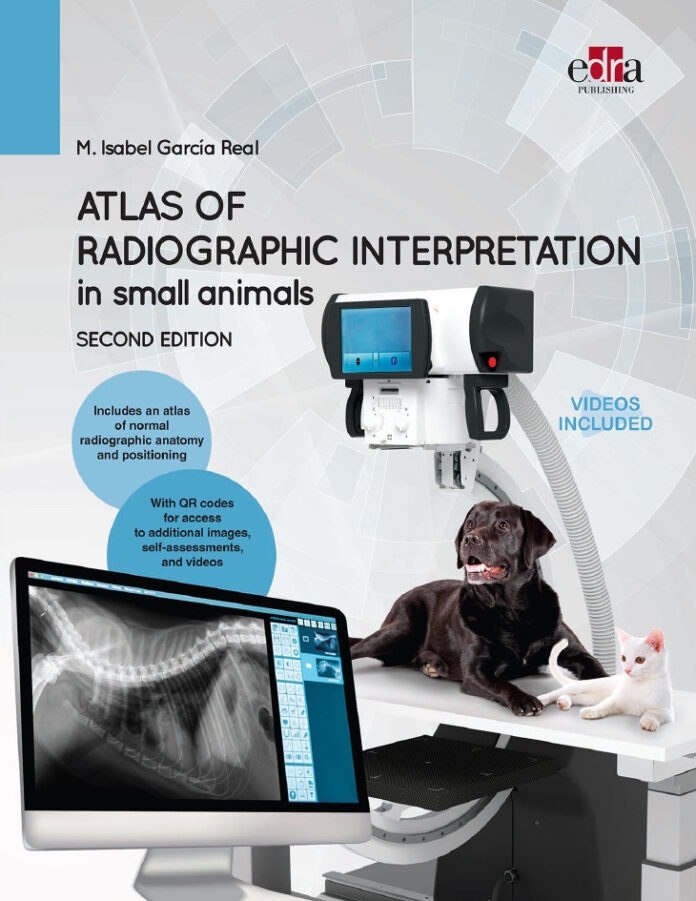

![Textbook Of Veterinary Diagnostic Radiology 8Th Edition [Pdf+Videos+Quizzes]](https://www.vet-ebooks.com/wp-content/uploads/2019/09/textbook-of-veterinary-diagnostic-radiology-8th-edition.jpg)
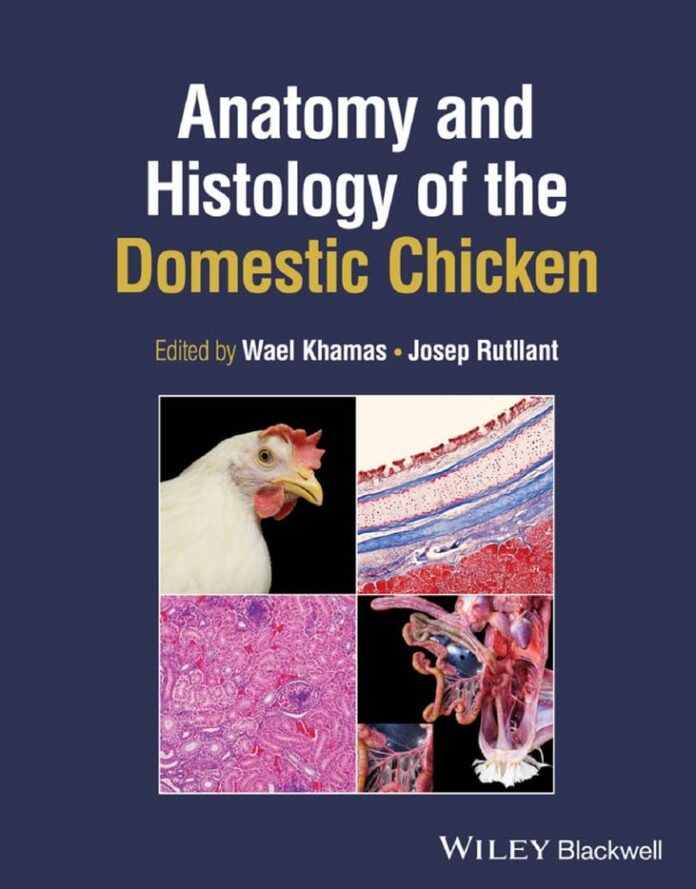
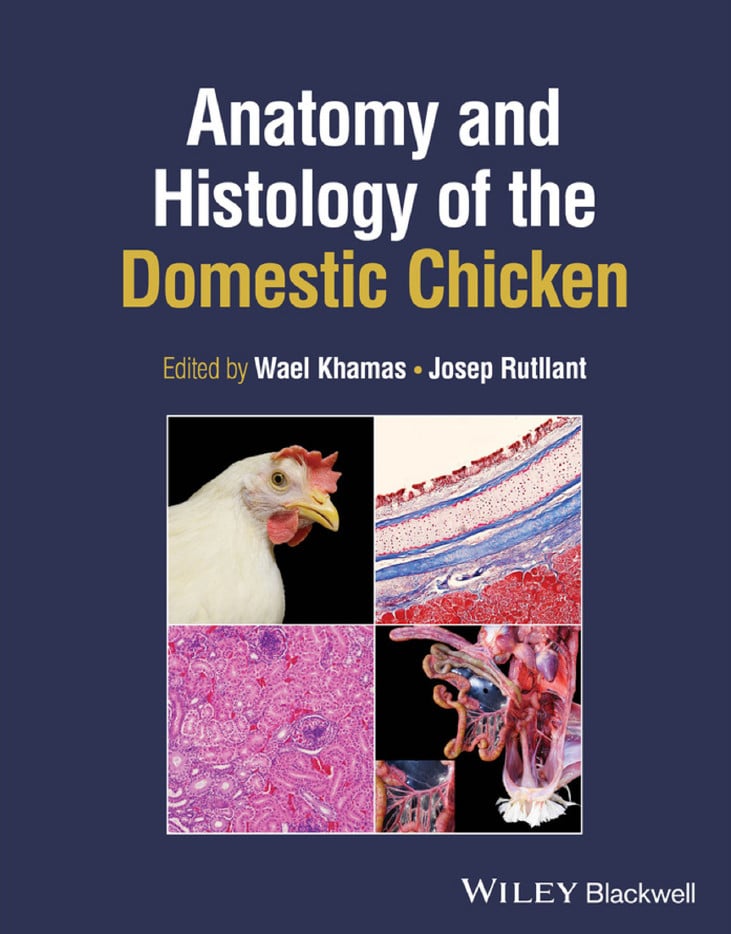








![Ettinger’s Textbook of Veterinary Internal Medicine 9th Edition [PDF+Videos] Ettinger’s Textbook of Veterinary Internal Medicine 9th Edition [True PDF+Videos]](https://www.vet-ebooks.com/wp-content/uploads/2024/10/ettingers-textbook-of-veterinary-internal-medicine-9th-edition-100x70.jpg)








